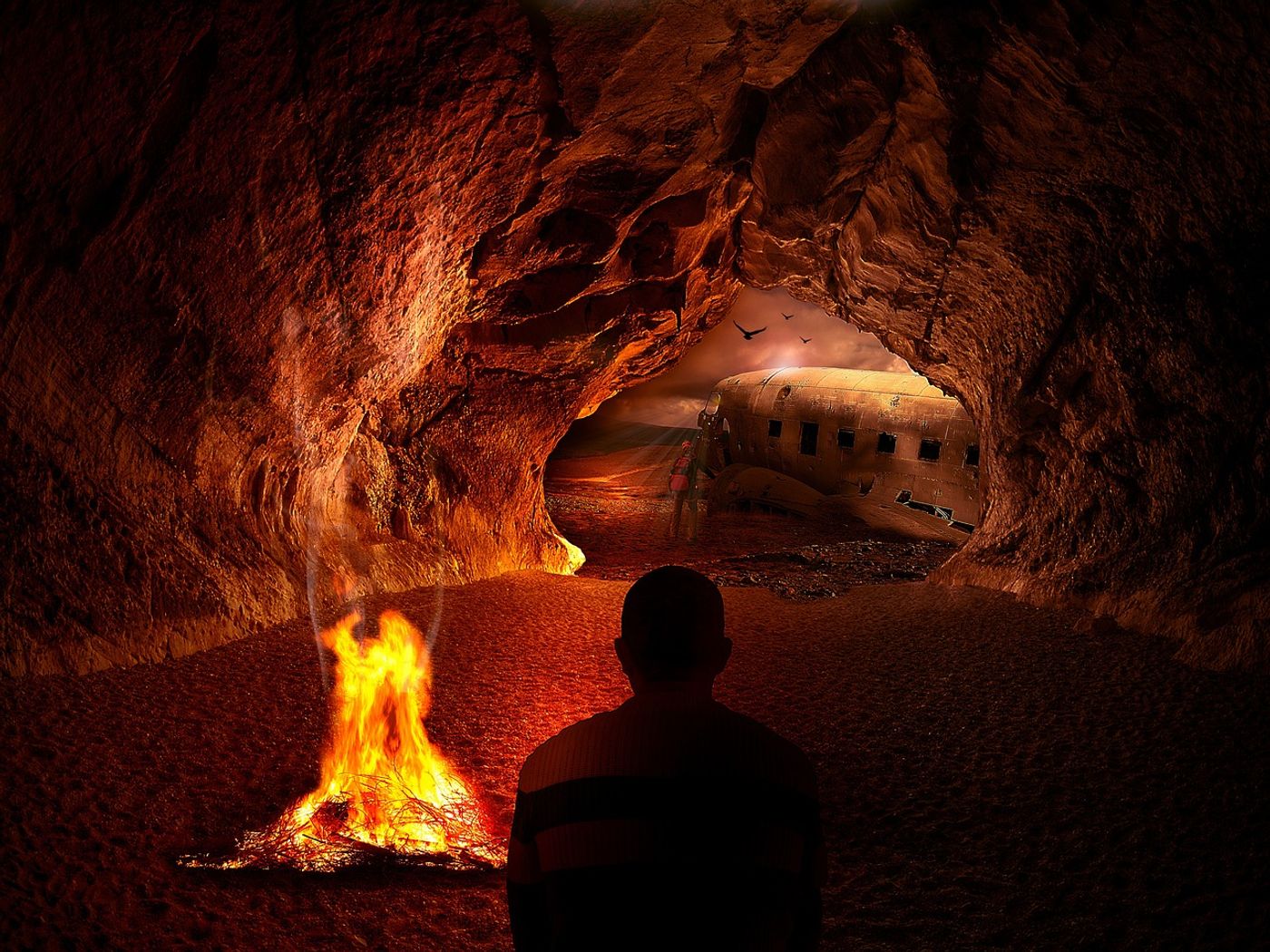Homo naledi may have lit fires over 200,000 years ago
In 2015, a new species of human ancestor named Homo naledi was announced. As expected, the find drew international attention as a new branch to the human family tree often does. But, interestingly, this specific discovery proved to be more than just another ancestor.
The find was particularly unique since getting to the fossils was a challenge in itself—they were located in a remote cave system in South Africa which was only accessible to physically small researchers (affectionately called “astronauts”). Over 1550 specimens were discovered at the site which could represent 15 different individuals. Then, a few years later, a fossil once belonging to a child was discovered and named Leti. Now, the research team has announced a new discovery in relation to Homo naledi: the use of fire.
In a recent lecture, Prof. Lee Berger—the lead researcher of the team who first discovered Homo naledi—announced the discovery of small fireplaces and sooty walls throughout the cave system. Since no other hominin (human ancestor) remains have been found in the cave system, it is likely that these fires were lit by Homo naledi. The species was thought to live between 335,000-236,000 years ago, so researchers argue that these fireplaces are at least 236,000 years old.
The small brain size attributed to Homo naledi means that researchers weren’t sure that they could control and use fire. But after Berger explored the burial chambers, he noticed black, seemingly burned ceilings with soot particles. Other team members discovered two fireplaces which contained pieces of wood and burned animal bones, and a third location was also found.
Much more work needs to be done to determine how old these fireplaces are by dating the wood and animal bones found in the fire pit. Once a date is confirmed, then researchers can more accurately argue whether, as suspected, Homo naledi was using the fireplaces for warmth and/or cooking. New research pushed back the origins of cooking fish to about 600,000 years ago—and this find may continue to add evidence to answer whe cooking began, and who cooked their food. Regardless of next steps, most researchers agree that this evidence points to fires being lit inside the cave, and more research will illuminate whether they were lit by cave inhabitants or visitors.
Sources: Smithsonian, CNN, Labroots (11/10/2021), Carnegie Mellon, Science News, Labroots (11/21/2022)









